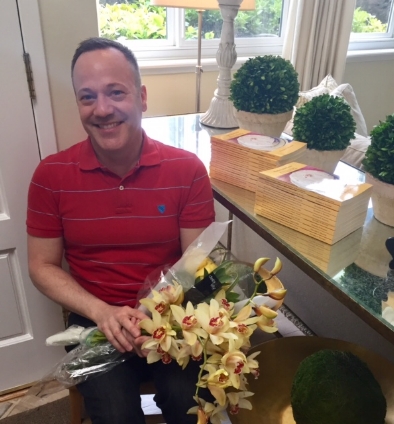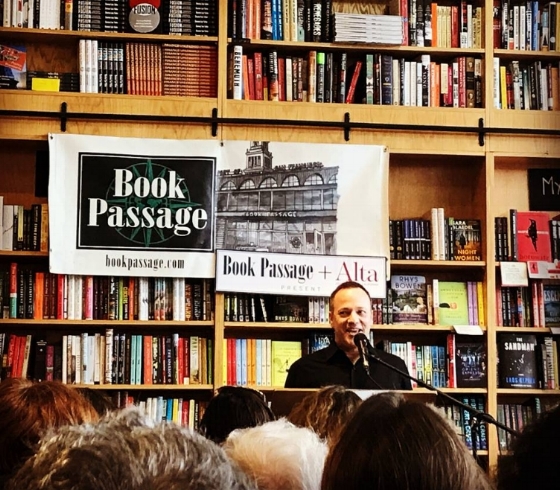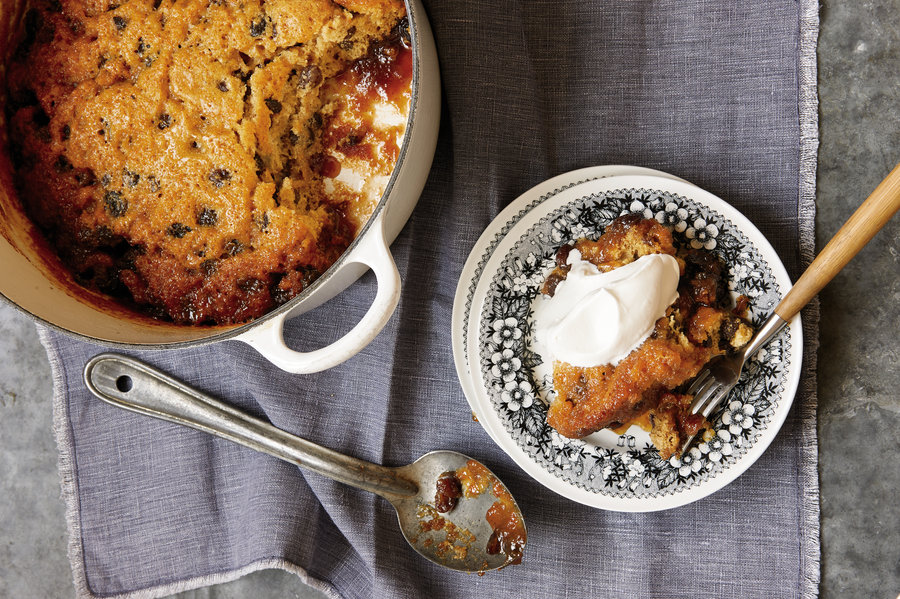I’ve been a storyteller my whole life. I have invented people and places and dialogue that never existed before, but I never imagined the surreal narrative we’re living through right now. There's a lot of fear and suffering, and there are also heartrending stories of heroism and kindness. I told a friend today that my love for the human race has grown tenfold during this time.
No matter how many comparisons we might make—the Spanish Flu Epidemic, the AIDS crisis, WWII—we all know that we are living through an historic time unlike any other. And if state and federal mandatory "shelter in place" orders aren't tough enough, self-isolation for many of us has been lonely and anxiety provoking.
And what do lonely, anxious, quarantined people do? Well, where I live, it seems they bake. At least, that's what the empty shelves at the grocery stores are telling me.
Many of us have been braving the necessity of the grocery store every ten days or so. This can involve waiting in long lines outside the store while wearing a mask, then courageousy wiping down our carts and hand baskets, and making our way through what used to be a somewhat peaceful, sometimes tedious, experience. I know our access to grocery stores is still a privilege, but now it can be stressful and confusing. Despite the shock of empty shelves, and people who do not know how to measure a 4-6 foot distance, we are trying to make good choices for foods with longer shelf lives: pasta, beans, rice, canned and frozen foods. Cabbage. But the baking supplies are flying off the shelves too.
Two weeks ago there was no butter, the next week there were no eggs, then no sugar. And now there's no flour. You can search anywhere, from Costco to your corner neighborhood store, but folks have cleaned the shelves of anything resembling flour. And while I celebrate everyone's desire to bake their own bread (yeast is hard to find as well), I wish you all would leave a few bags for the rest of us.
Luckily, I've spent the last few years exploring "healthier" desserts that are gluten-free, lower in processed sugar, and sometimes even (gasp!) vegan. Inspired by a cookbook I saw in a cool bookstore in Reykjavik, and a regular workshop participant who has Celiac, I've discovered the beauty of baking with coconut sugar, maple syrup, and alternative flours. Or no flour at all. Hence, the recipe below, which became quite popular at the writing workshops I used to have in my home before all of THIS began.
You can accuse me of trying to sweeten up a pandemic, or helping you to take your mind off the worry we are face to face with every time we leave the house or listen to the news. Go ahead. I don't mind. We need more sweetness now, just as we need the ritual and the beauty of home baking. And so, until there's flour on the grocery store shelves again, at least you'll have this brownie recipe in your baking arsenal.
Enjoy. Be safe. Keep washing your hands. Feed yourself.
_________________________________________________
Laguna Writers Flourless Brownies
Ingredients
4 oz dark chocolate
½ cup coconut oil
¼ cup coconut sugar
¼ cup maple syrup
1 teaspoon vanilla
3 eggs
½ cup unsweetened cocoa powder (sifted)
1 tablespoon instant espresso (or 2 tablespoons strong brewed coffee)
Directions
Preheat oven to 375 degrees.
Cut a sheet of parchment or waxed paper and use coconut oil or coconut spray to "butter" a 9 x 9 inch baking pan (an 8 x 8 will work also).
Line the bottom of the pan with the paper, leaving enough extra paper to hang over two opposite edges of the pan. (These will be your "handles" when you lift the brownies out of the pan later to cut them.)
Melt the chocolate in a pan over very low heat, then add coconut oil. When oil is melted, remove from heat and whisk until smooth. Set aside.
Using a hand mixer or a standing mixer, combine sugar, maple syrup, vanilla, and eggs. Add eggs one at a time until just blended: over-blending this batter will make it tough.
Add the melted chocolate mixture and mix until batter just comes together.
Add cocoa and espresso and mix until there are no more cocoa chunks.
The batter may be slightly sticky or viscous, so use a silicone spatula to edge it to the corners of the prepared baking pan.
Tap the pan against the counter to get all air bubbles out.
Bake for 14-16 minutes, or until the center is no longer gooey.
(Note: the brownies may bubble up and look lumpy; if this happens, gently tap the pan when you remove it from the oven. The brownies will eventually flatten out on their own.)
When the pan is cool enough to touch, run a plastic knife around the edge to prepare the brownies to be released from the pan.
Once the brownies are cool, lift the paper from the pan and transfer to a cutting board.
Using a large, sharp knife, carefully cut the brownies into 16 even squares.
If you're feeling gluttonous, sprinkle with powdered sugar before serving.
















